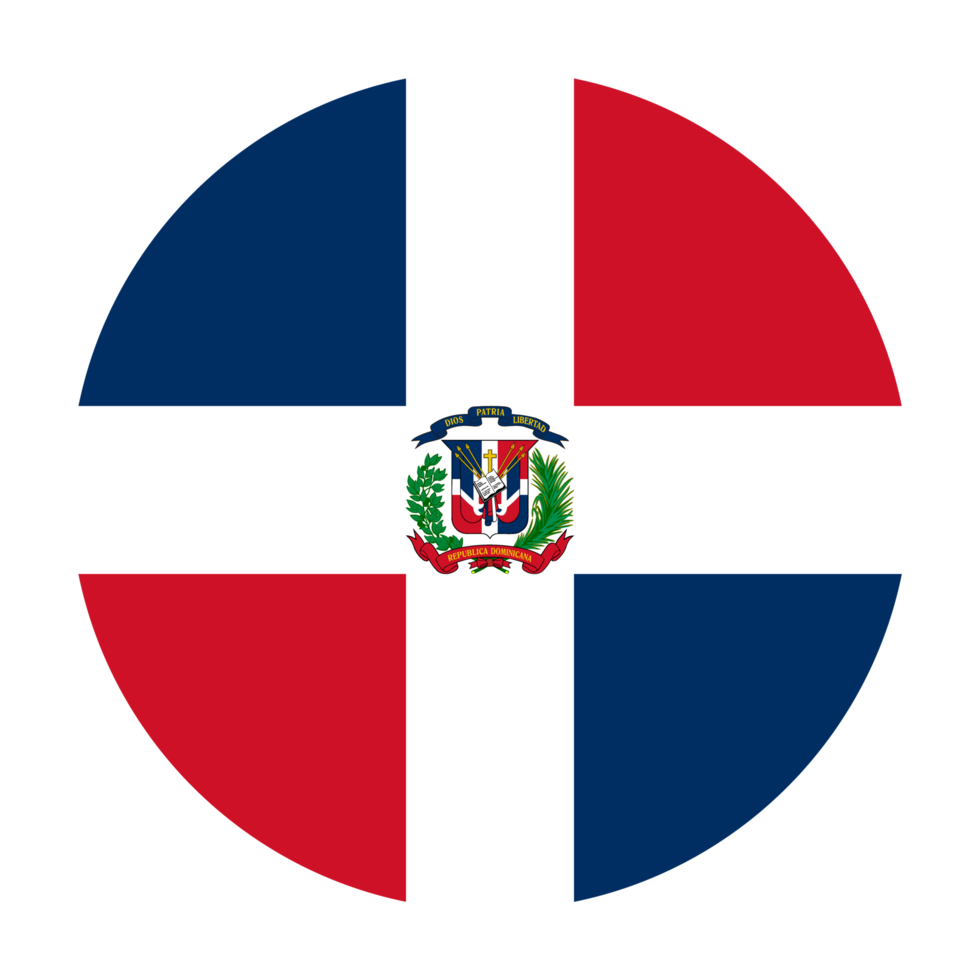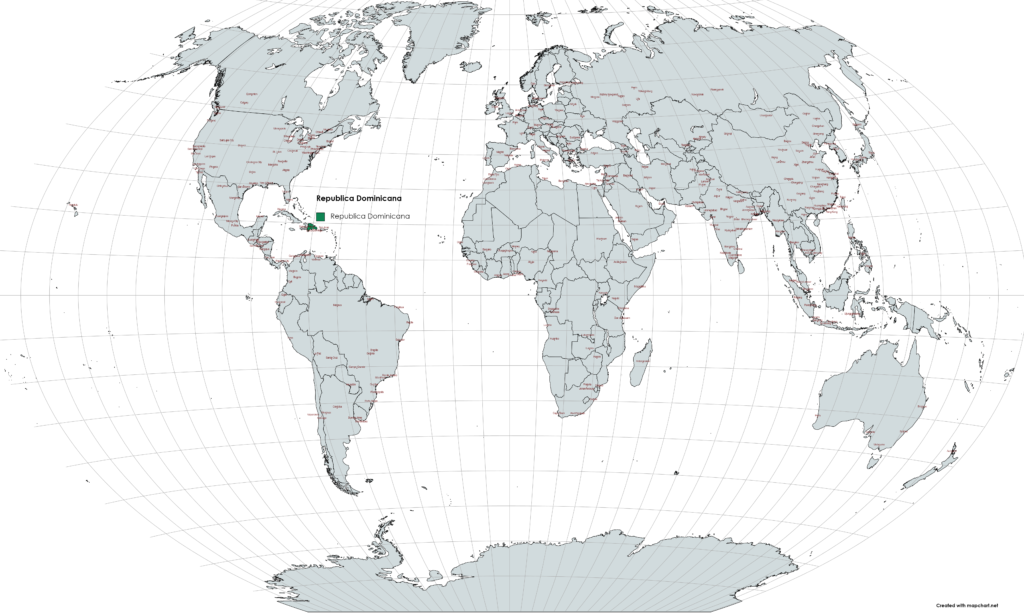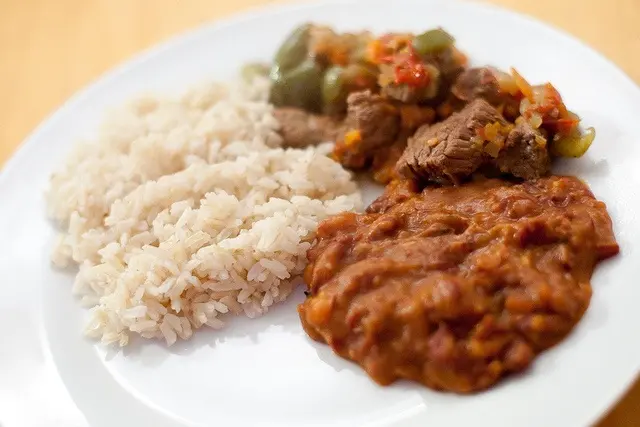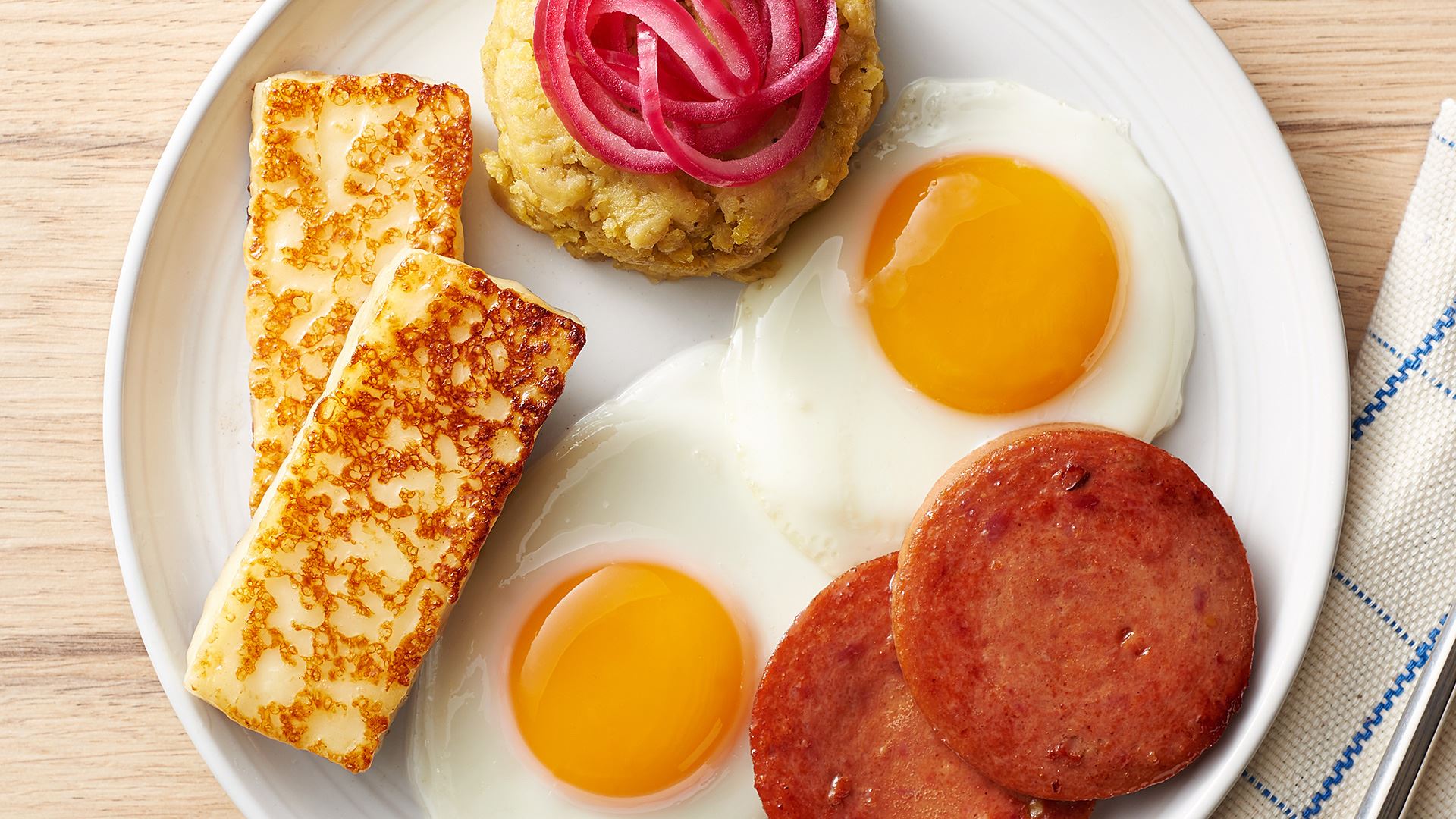Dominican Republic travel tips
Dominican Republic travel tips: Caribbean paradise with vibrant culture, white-sand beaches, lush landscapes, merengue music, and colonial Santo Domingo.
Provinces 🌎
Dominican Republic travel tips. Here is a list of all the provinces of the Dominican Republic.
Before you go 🛩
Important information you should know before your trip
Info

Capital | Santo Domingo
Flag Codes
ISO alpha-2 DO, ISO alpha-3 DOM
Currency
Badge | Dominican Peso
CODE | DOP
NUMBER | 214
SYMBOL | $
FRACTION | Penny
Mobile Coverage
Dialing Code | +1-809
SIM Card
Coverage
3G / 4G / 5G
Mobile Networks | Altice Mobile | Claro Mobile | Viva |

Location
The Dominican Republic is a country located on the island of Hispaniola in the Caribbean. It occupies the eastern two-thirds of the island, with Haiti occupying the western third. Here are some key details about the location of the Dominican Republic:
Geographic Coordinates: The Dominican Republic is situated between approximately 17.6 degrees and 19.9 degrees north latitude and 68.3 degrees and 71.9 degrees west longitude.
Bordering Countries: The Dominican Republic shares its border with Haiti, which is located to the west on the island of Hispaniola.
Surrounding Bodies of Water: The country is surrounded by the Caribbean Sea to the south and the Atlantic Ocean to the north. The Mona Passage, a strait, separates the Dominican Republic from Puerto Rico to the east.
Capital City: Santo Domingo is the capital and largest city of the Dominican Republic. It is located on the southern coast of the country.
The Dominican Republic covers an area of approximately 48,671 square kilometers (18,792 square miles) and has a diverse geography that includes mountains, valleys, rivers, and coastline. Its location in the Caribbean gives it a tropical climate and beautiful beaches, making it a popular tourist destination.
Currency
The currency of the Dominican Republic is the Dominican Peso (DOP). The Dominican Peso is denoted by the symbol “RD$” or “RD”. It is subdivided into 100 centavos. Banknotes are available in denominations of RD$1,000, RD$500, RD$200, RD$100, RD$50, and RD$20. Coins are available in denominations of RD$10, RD$5, RD$1, and various centavo coins.
While the Dominican Peso is the official currency, U.S. dollars are widely accepted in tourist areas, hotels, and some businesses. However, it is advisable to carry some local currency for smaller establishments and transactions.
Languages
The official language of the Dominican Republic is Spanish. Spanish is spoken by the vast majority of the population and is used in government, education, media, and everyday communication. Dominican Spanish has its own unique characteristics and vocabulary, influenced by African, indigenous, and Caribbean languages. Some English is spoken in tourist areas and by individuals who have learned it as a second language, but Spanish is the primary language spoken throughout the country.
Climate 🌡
The Dominican Republic has a tropical climate, characterized by warm temperatures and high humidity throughout the year. Here are some key features of the climate in the Dominican Republic:
Temperatures: The average temperature in the Dominican Republic ranges from around 25°C (77°F) to 30°C (86°F) year-round. The coastal areas tend to be slightly cooler due to the influence of sea breezes, while inland regions may experience higher temperatures.
Wet and Dry Seasons: The country experiences a distinct wet season and dry season. The wet season typically occurs from May to November, with peak rainfall in September and October. The dry season spans from December to April when the weather is generally drier and more stable.
Rainfall: The Dominican Republic receives a significant amount of rainfall, particularly during the wet season. Rainfall can be intense and occur in the form of tropical showers or thunderstorms. The amount of rainfall varies across different regions of the country, with the northern and eastern parts receiving more precipitation than the southwestern regions.
Hurricanes: The Dominican Republic is located within the hurricane belt of the Atlantic Ocean. The official hurricane season runs from June 1 to November 30, with the highest likelihood of storms occurring between August and October. The country can experience the effects of tropical storms or hurricanes, including heavy rainfall, strong winds, and storm surges.
Microclimates: Due to its diverse topography, the Dominican Republic features microclimates within its various regions. The country has mountains, valleys, coastal plains, and plateaus, which contribute to variations in temperature, rainfall, and vegetation.
The tropical climate of the Dominican Republic, with its warm temperatures and abundant rainfall, supports lush vegetation, diverse ecosystems, and beautiful landscapes. It also makes the country an attractive destination for beachgoers and outdoor enthusiasts.
Dominican Republic travel tips
If you’re planning a trip to Dominican Republic, here are some travel tips to enhance your experience:
Weather:
Tropical climate; pack sunscreen, lightweight clothing, and rain gear during the wet season (May-November).
Health:
Drink bottled water, avoid street food, and consider vaccinations; medical facilities available but travel insurance recommended.
Safety:
Exercise caution in crowded areas; secure belongings to prevent petty theft; be aware of your surroundings.
Culture:
Respect local customs and traditions; greetings are important, and a friendly demeanor is appreciated.
Transportation:
Taxis, buses, and motoconchos (motorbike taxis) are common; negotiate prices beforehand. View Guide.
Electricity:
Standard voltage is 110V; bring necessary adapters for electronic devices.
Excursions:
Explore Punta Cana’s beaches, Santo Domingo’s historic sites, and the scenic landscapes of Jarabacoa and Samaná.
Enjoy the incredible beauty and diversity that Dominican Republic has to offer!

The best of the best
The cuisine of the Dominican Republic is a flavorful fusion of African, Spanish, and Taino indigenous influences. The country’s cuisine showcases a variety of dishes made with locally sourced ingredients, including rice, beans, meat, tropical fruits, and vegetables.

La Bandera
Literally meaning “the flag,” La Bandera is the national dish of the Dominican Republic. It consists of white rice, red beans, and stewed meat (such as chicken, beef, or pork). It is typically accompanied by a side of salad or avocado.

Mangú
Mangú is a popular breakfast dish made from mashed boiled plantains. It is typically served with fried cheese, salami, and pickled onions. Mangú is a staple of Dominican breakfast cuisine and is often enjoyed with a cup of hot chocolate or coffee.

Chicharrón
Chicharrón is a beloved Dominican snack made from deep-fried pork belly or pork rinds. It is typically crispy, salty, and served with lime and hot sauce. Chicharrón is commonly enjoyed as a street food or appetizer.
Here are some typical foods you can find in the Dominican Republic:
Tostones: Tostones are fried plantain slices that are flattened and fried again. They are crispy on the outside and soft on the inside. Tostones are commonly served as a side dish or snack, and they pair well with various dips and sauces.
Empanadas: Empanadas are savory turnovers filled with meat (such as ground beef or shredded chicken), cheese, or vegetables. They are typically fried until golden and crispy and are enjoyed as a snack or light meal.
Moro de Guandules: Moro de Guandules is a rice dish cooked with pigeon peas, coconut milk, and various seasonings. It is a flavorful and aromatic side dish commonly served with meat or seafood.
Habichuelas con Dulce: Habichuelas con Dulce is a traditional Dominican sweet dessert made from sweetened red beans cooked with coconut milk, spices, and sweeteners such as condensed milk and sugar. It is often enjoyed during Lent and Easter.
Fresh Tropical Fruits: The Dominican Republic is known for its abundance of tropical fruits. Some popular fruits include mangoes, papayas, bananas, guavas, pineapples, and passion fruit. They are often enjoyed fresh or used in juices, smoothies, and desserts.
Sancocho: Sancocho is a hearty and comforting stew made with various meats (such as chicken, beef, and pork), tubers (like yuca and plantains), and vegetables. It is often enjoyed as a traditional Sunday meal and is considered a Dominican specialty.
he country’s cuisine is rich in flavors, spices, and vibrant ingredients that reflect its cultural heritage.
Transportation 🚥
More information about this country
Choose your destination 📍🗺
Useful Links ✅





































